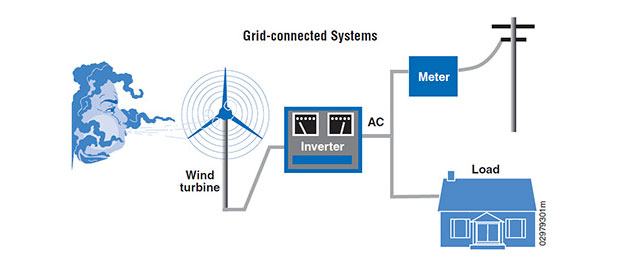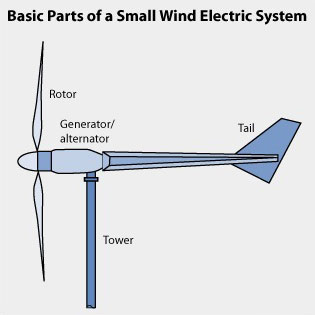-
Wind Energy :
The development of wind power in India began in the 1990s, and has significantly increased in the last few years. India has the fifth largest installed wind power capacity in the world. Wind power is the conversion of wind energy into a useful form of energy, such as using: wind turbines to make electricity, windmills for mechanical power, windpumps for water pumping or drainage, or sails to propel ships.

Compared to the environmental impact of traditional energy sources, the environmental impact of wind power is relatively minor. Wind power consumes no fuel, and emits no air pollution, unlike fossil fuel power sources. The energy consumed to manufacture and transport the materials used to build a wind power plant is equal to the new energy produced by the plant within a few months. While a wind farm may cover a large area of land, many land uses such as agriculture are compatible, with only small areas of turbine foundations and infrastructure made unavailable for use.
Small-scale wind powerSmall-scale wind power is the name given to wind generation systems with the capacity to produce up to 50 kW of electrical power. Isolated communities that may otherwise rely on diesel generators may use wind turbines as an alternative. Individuals may purchase these systems to reduce or eliminate their dependence on grid electricity for economic reasons, or to reduce their carbon footprint. Wind turbines have been used for household electricity generation in conjunction with battery storage over many decades in remote areas.
Off-grid system users can either adapt to intermittent power or use batteries, photovoltaic or diesel systems to supplement the wind turbine. Equipment such as parking meters, traffic warning signs, street lighting, or wireless Internet gateways may be powered by a small wind turbine, possibly combined with a photovoltaic system, that charges a small battery replacing the need for a connection to the power grid.


